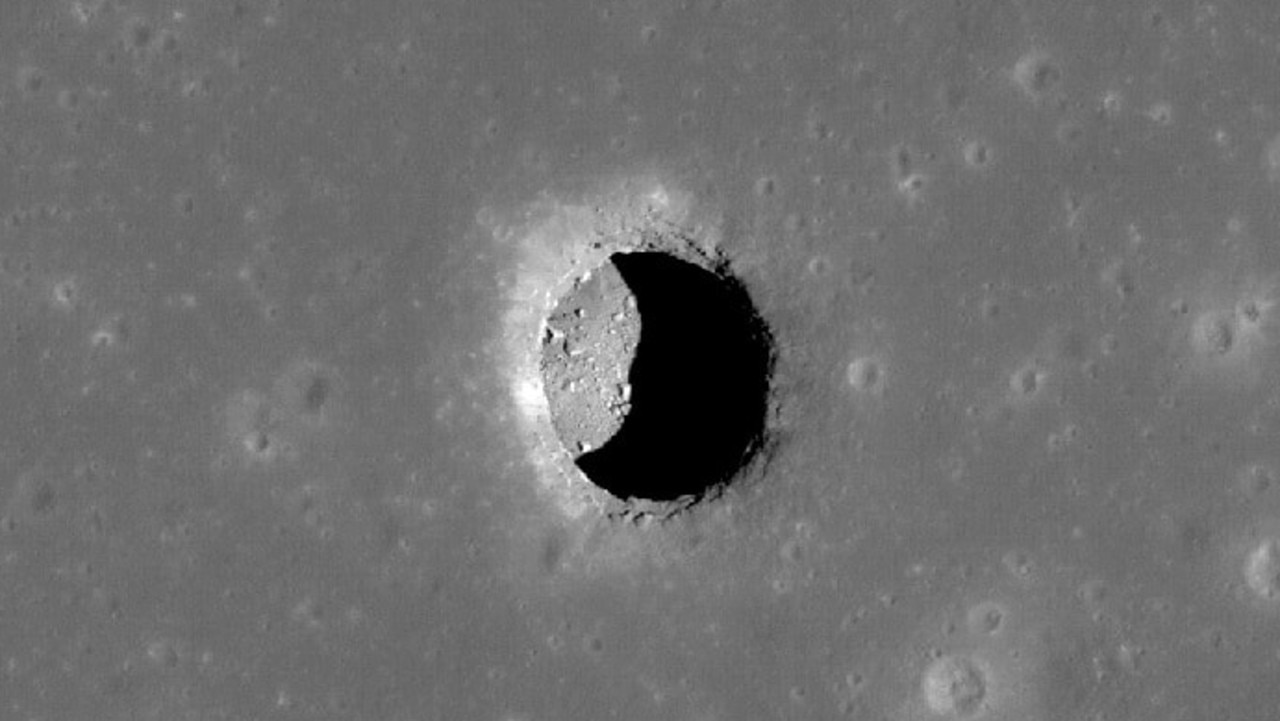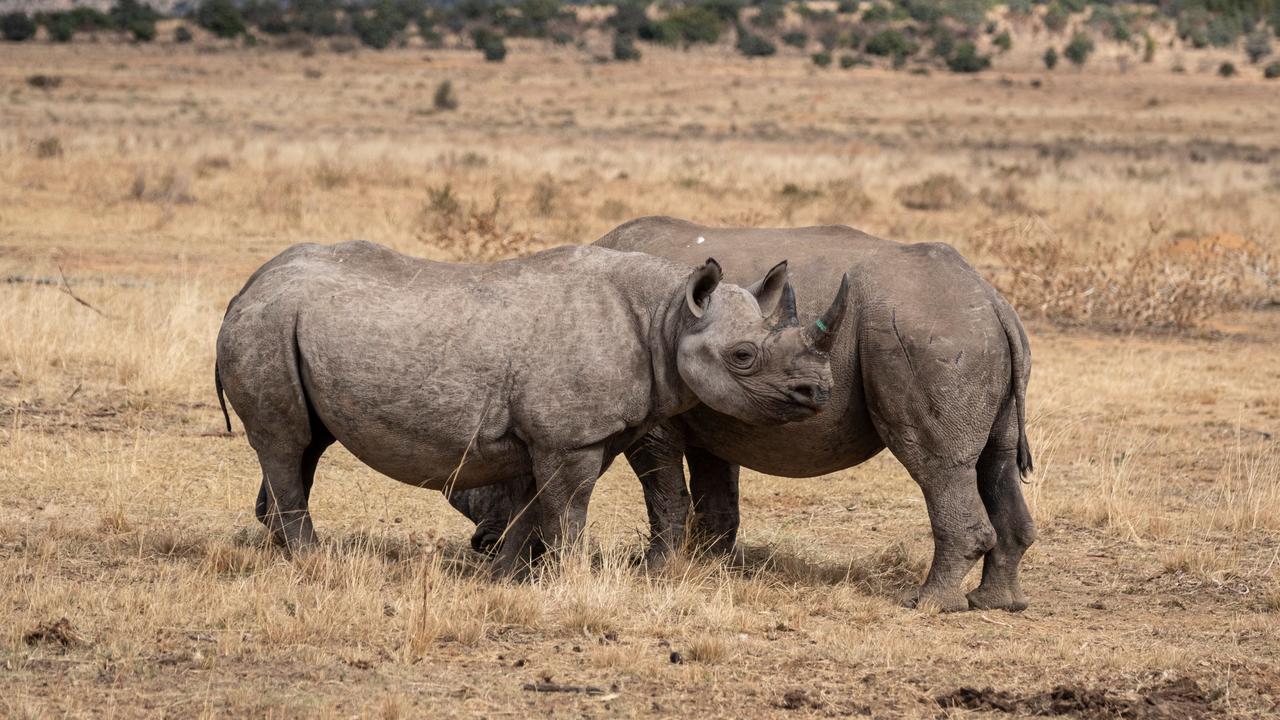Loch Ness monster not a dinosaur, could be a giant eel
Scientists have made a major discovery in solving the mystery of the Loch Ness monster by testing DNA left behind by living things — ruling out the idea it was a dinosaur

READING LEVEL: GREEN
Scientists have made a major breakthrough in solving the mystery of the Loch* Ness monster.
Testing of DNA* left behind by living things in the water of the Scottish lake in the UK have ruled out Nessie being a dinosaur.
The creature could, instead, be a giant eel.
The scientists found much more eel DNA than they expected to, according to Professor Neil Gemmell, a geneticist* from New Zealand’s University of Otago.
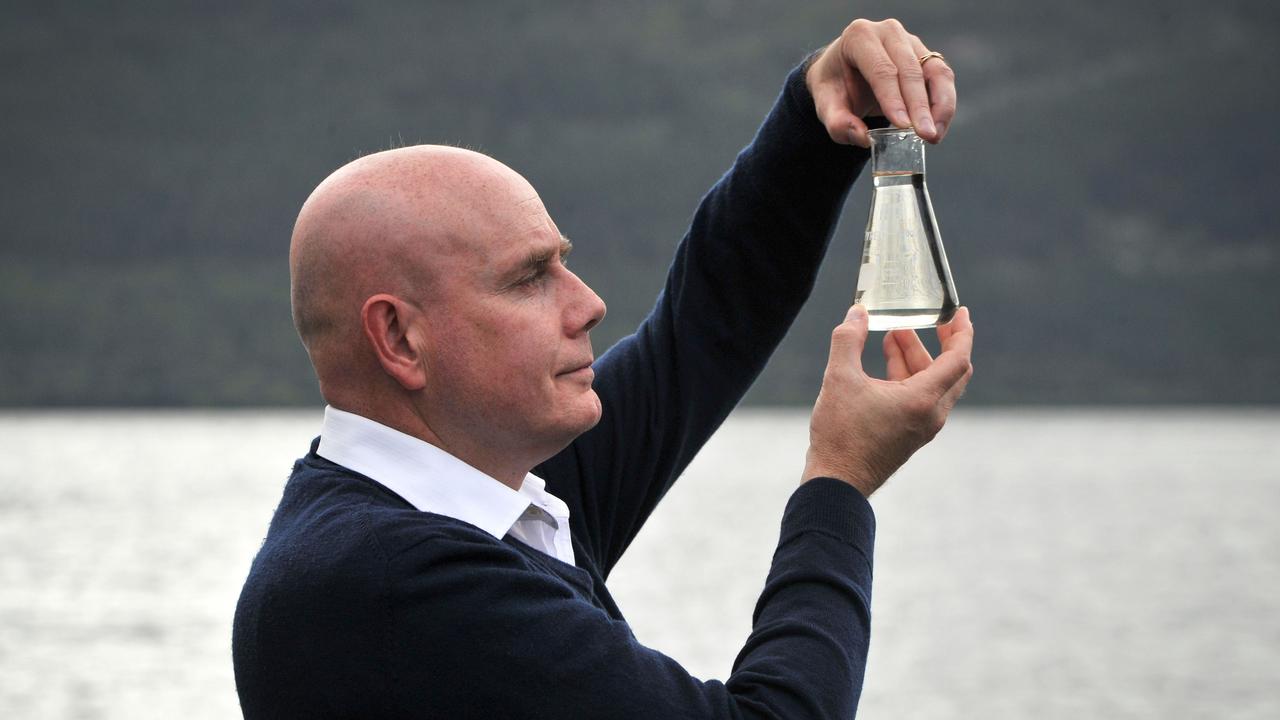
“Eels are very plentiful* in the loch system — every single sampling site that we went to pretty much had eels and the sheer* volume of it was a bit of a surprise,” Prof Gemmell said.
“We can’t exclude the possibility that there’s a giant eel in Loch Ness but we don’t know whether these samples we’ve collected are from a giant beast or just an ordinary one — so there’s still this element* of ‘we just don’t know.’”
Prof Gemmell noted that despite the idea of a giant eel having been around for decades, nobody had ever caught a giant one in the loch.
Loch Ness is the largest and, at 226.96m, the second deepest body of freshwater in the British Isles*.

The international team of scientists from Australia, New Zealand, UK, US, Denmark and France took samples of environmental DNA (eDNA) in June last year.
The use of eDNA sampling is already well established as a tool for monitoring marine life such as whales and sharks.
Whenever a creature moves through its environment, it leaves behind tiny fragments of DNA from skin, scales, feathers, fur, faeces* and urine*.
This DNA can be captured and then used to identify that creature by comparing it to large databases of known genetic sequences from hundreds of thousands of different living things.
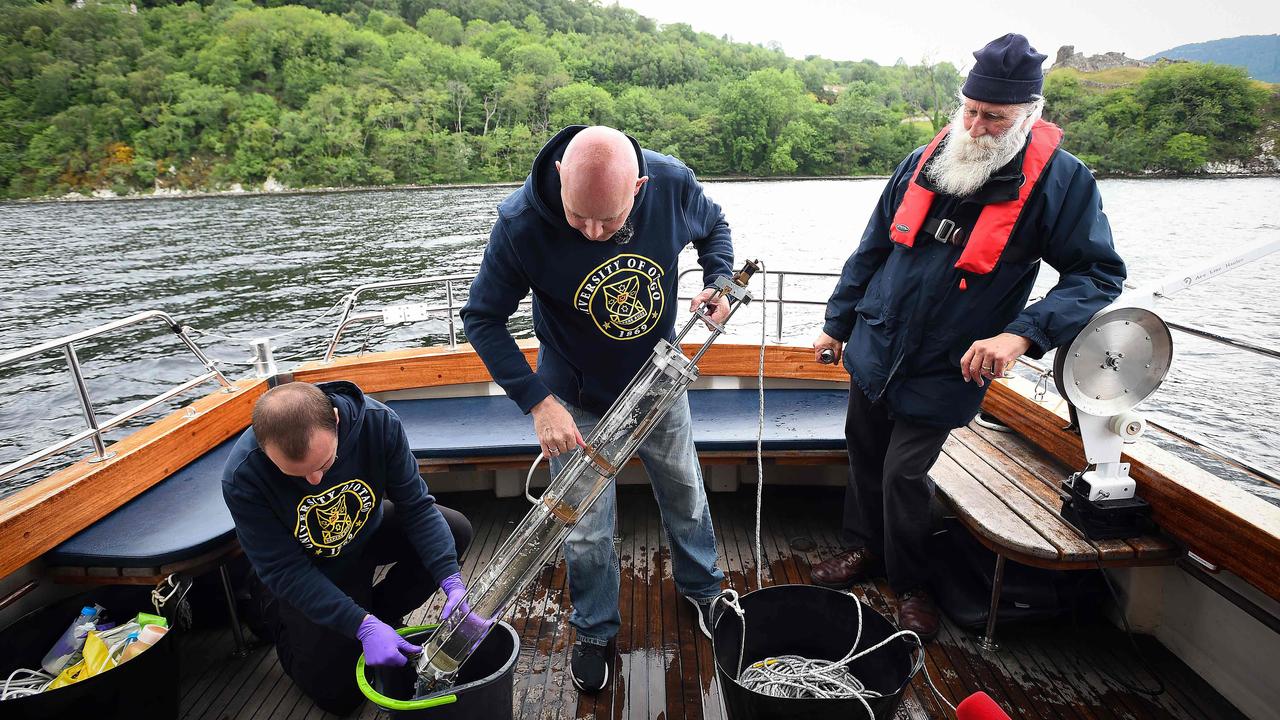
MORE ON THE MONSTER
The first written record of a monster relates to the Irish monk St Columba, who is said to have banished a “water beast” to the depths of the River Ness in the 6th century, or 1500 years ago.
The most famous picture of Nessie, known as the “surgeon’s photo”, was taken in 1934 and showed a head on a long neck emerging from the water. It was revealed 60 years later to have been a hoax* that used a sea monster model attached to a toy submarine.

Countless unsuccessful attempts to track down the monster have been made in the years since, notably in 2003 when the BBC paid for a big scientific search that used 600 sonar beams and satellite tracking to sweep the full length of the loch.
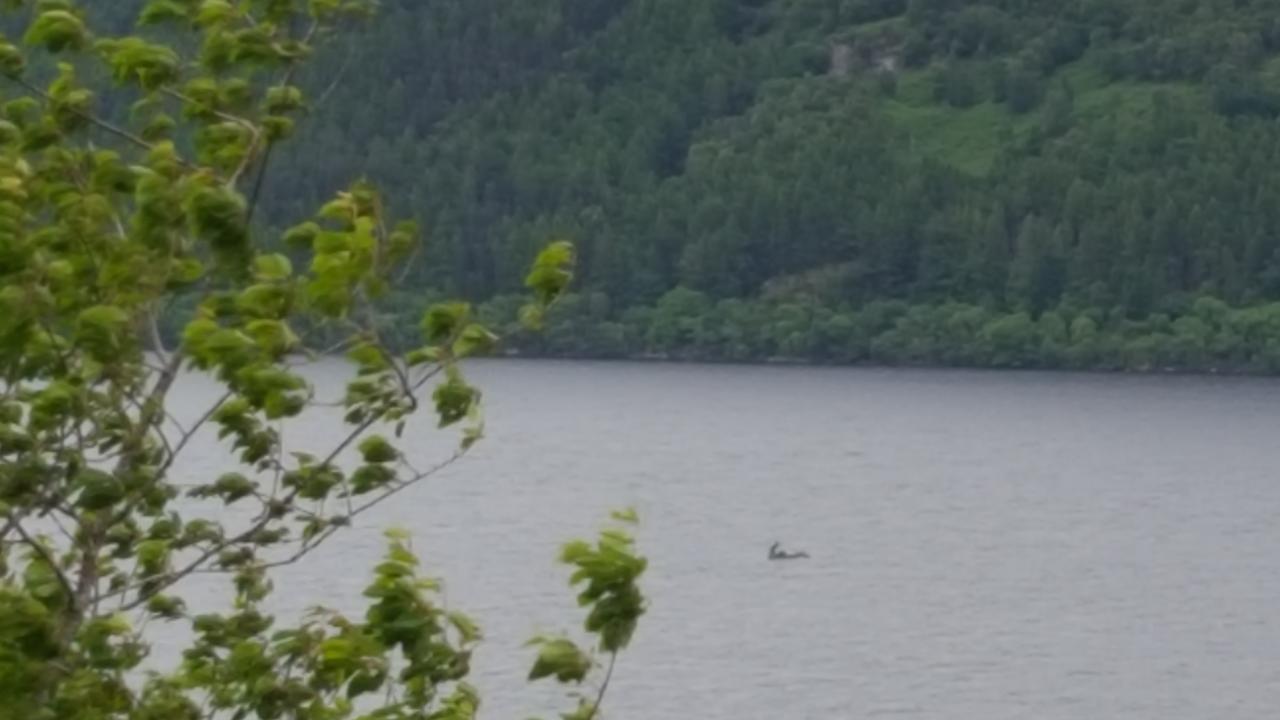
The most recent attempt was three years ago when a hi-tech marine drone found a monster, though not the one it was looking for. The discovery turned out to be replica used in the 1970 film The Private Life of Sherlock Holmes, which sank nearly 50 years ago.

Some people have believed that the monster was an ancient, long-necked reptile called a plesiosaur.
GLOSSARY
- Loch: Irish and Scottish name for lake
- DNA: sequences in living things that contain genes; like a recipe book full of instructions
- geneticist: scientists who studies genes and DNA
- plentiful: lots of something
- sheer: nothing other than
- element: part
- British Isles: UK and Ireland
- faeces: poo
- urine: wee
- hoax: a made-up story to fool someone
EXTRA READING
Is mystery creature the Loch Ness monster?
Scientists discover ‘headless chicken monster’
Fossil reveals ancient sea monster
Giant squid attacked fake jellyfish near ‘midnight zone’
QUICK QUIZ
- What has this study ruled out?
- Is it possible Nessie is a giant eel? What is another possibility included in the story?
- List the ways a living thing leaves behind DNA.
- What do you know about the “surgeon’s photo”?
- What sort of dinosaur dor or did some people think Nessie was?
LISTEN TO THIS STORY
CLASSROOM ACTIVITIES
1. Scientific method report
Scientific research commonly follows a set sequence of steps, called the “scientific method”. Using information from the news article, write a report (as though you are one of the scientists) about the research project that sets the details out following the sequence of the scientific method.
- Make an observation (What is currently known or noticed?)
- Form a question (What do you want to find out?)
- Form a hypothesis (What do you think you will find to be true?)
- Conduct an experiment (What steps will be taken to gather data?)
- Analyse the data (What did you find out?)
- Draw a conclusion (What do you know now?)
Time: allow 30 minutes to complete this activity
Curriculum Links: English; Science
2. Extension
Use your imagination for this activity.
What if the Loch Ness monster isn’t really a monster? What if Nessie is just in hiding because she’s heard everybody calling her a monster? Write a funny short story or rhyme about this.
Time: allow 25 minutes to complete this activity
Curriculum Links: English
VCOP ACTIVITY
With a partner see if you can identify all the doing words/verbs in this text. Highlight them in yellow and then make a list of them all down your page. Now see if you and your partner can come up with a synonym for the chosen verb. Make sure it still makes sense in the context it was taken from.
Try to replace some of the original verbs with your synonyms and discuss if any are better and why.
HAVE YOUR SAY: What do you think the Loch Ness monster is?
No one-word answers. Use full sentences to explain your thinking. No comments will be published until approved by editors.
